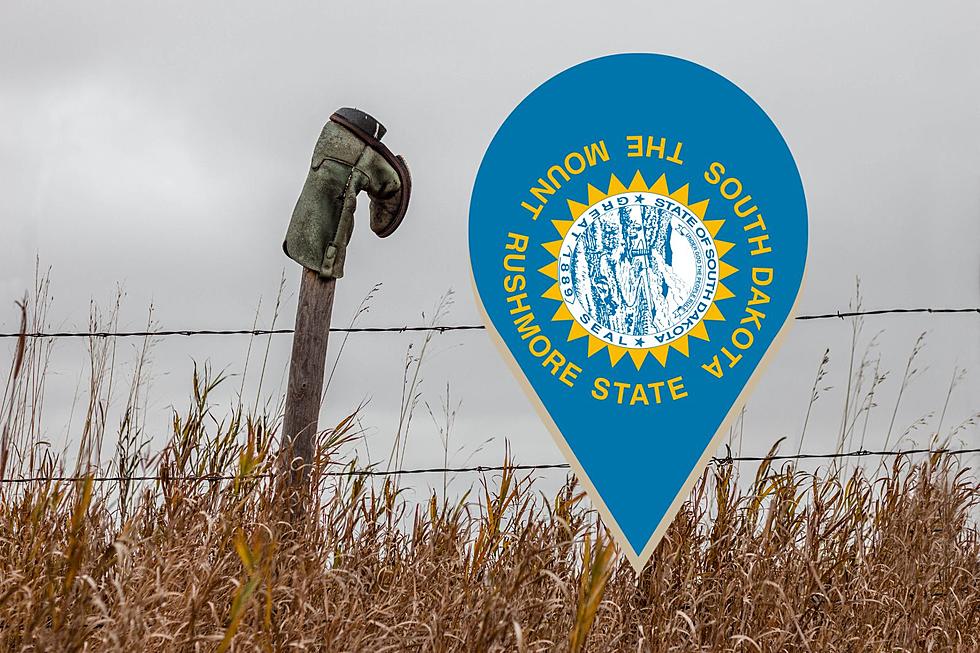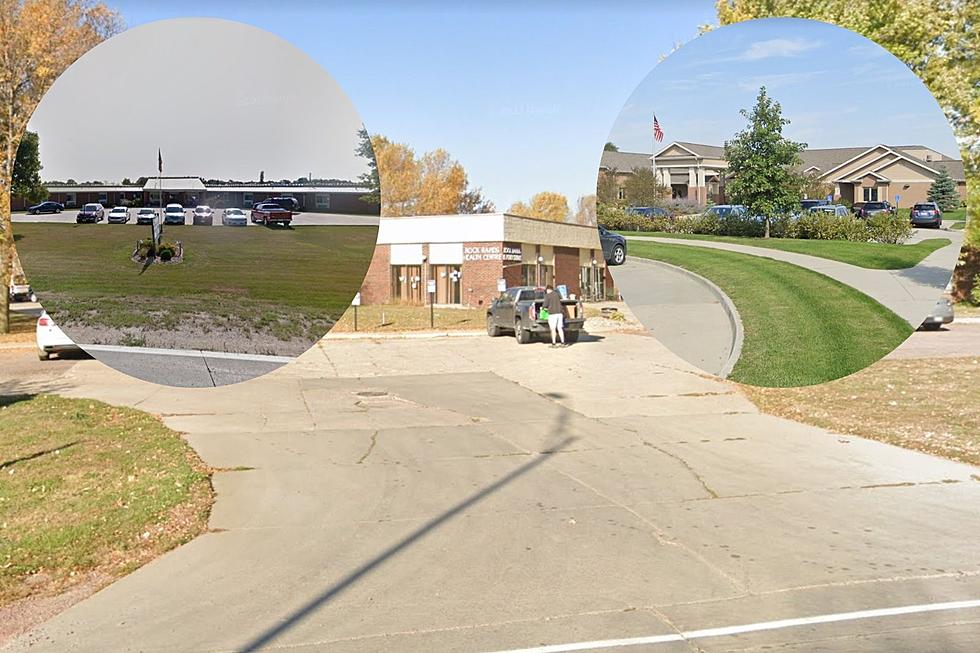
Exploring Gitchie Manitou Iowa State Preserve
The Gitchie Manitou State Preserve has quite the history.
Gitchie Manitou is home to ancient Native American burial mounds. The area is known for its quartzite, which is estimated to be about 1.6 billion years old.

According to Wikipedia, Gitchie Manitou means, "'Great Spirit' in several Algonquian languages. Christian missionaries have translated God as Gitche Manitou in scriptures and prayers in the Algonquian languages. Manitou is a common Algonquian term for spirit, mystery, or deity. Native American Churches in Mexico, United States and Canada often use this term."
The area was originally purchased in 1916 and the state of Iowa intended it to be a quarry. When that didn't work out, the area was taken over by the Board of Conservation.
Originally, Gitchie Manitou was a state park but was later classified as a preserve. All 91 acres were dedicated in 1969 as a geological, archeological, historical, and biological preserve.
Sadly, Gitchie Manitou is most famous for the terrible murders that happened there on November 17, 1973.
MORE: 1973 Gitchie Manitou Murders - A Crime That Still Haunts Sioux Falls
Four teenagers were killed and a fifth was raped. Roger Essem, Stewart Baade, Dana Baade, and Michael Hadrath were killed that day. Sandra Cheskey was only 13. She survived the attack and her testimony helped to put away the murderers.
Three brothers, Allen, James, and David Fryer, were convicted of the crime and sentenced to life imprisonment.
Sandra Cheskey went on to release a book about the heroing events of that day. Gitchie Girl: The Survivor's Inside Story of the Mass Murders That Shocked the Heartland was co-authored by Phil and Sandy Hamman.
I had never been out there before so I wasn't sure what to expect. If I didn't know better, I may have missed it. There is only a small gravel parking lot and sign to mark the preserve.
I knew from other people's photos that there was graffiti everywhere so that helped it stand out as well.
We started walking and didn't see any of the structures for a while. I got worried because I didn't want to walk all 91 acres to find it.
Eventually, it came into sight and we trucked forward. It was a bit eery being there knowing what had happened there. But, I also felt like I was paying my respects to the victims and survivors of the tragedy. I also felt it was important to remember that before all of that, it was a special place to the Native American population. I tried to keep that all in mind while I was there. I tried to really appreciate and respect the beauty of the quartzite and the river and the trees.
Gitchie Manitou
MORE FROM RESULTS-TOWNSQUARE MEDIA SIOUX FALLS:
- 20 Delicious Road Trip-Worthy Restaurants Near Sioux Falls
- South Dakota Band on 'American Song Contest'
- This $11 Million Minnesota Mansion For Sale Is Beyond Belief
- 'Grand Theft Auto' Style Carjack Attempt On Minnesota I-694
More From KKRC-FM / 97.3 KKRC









